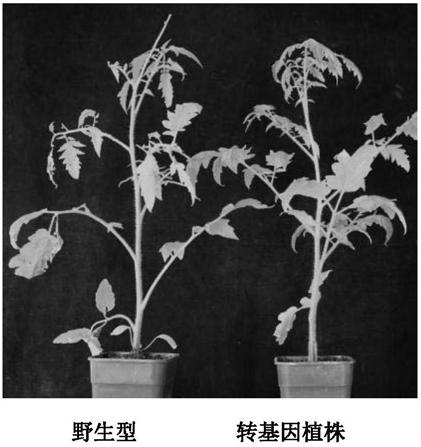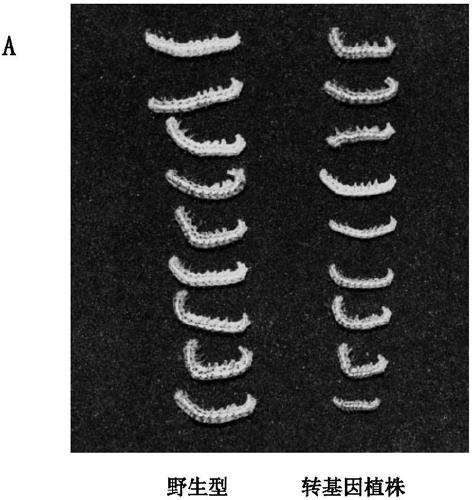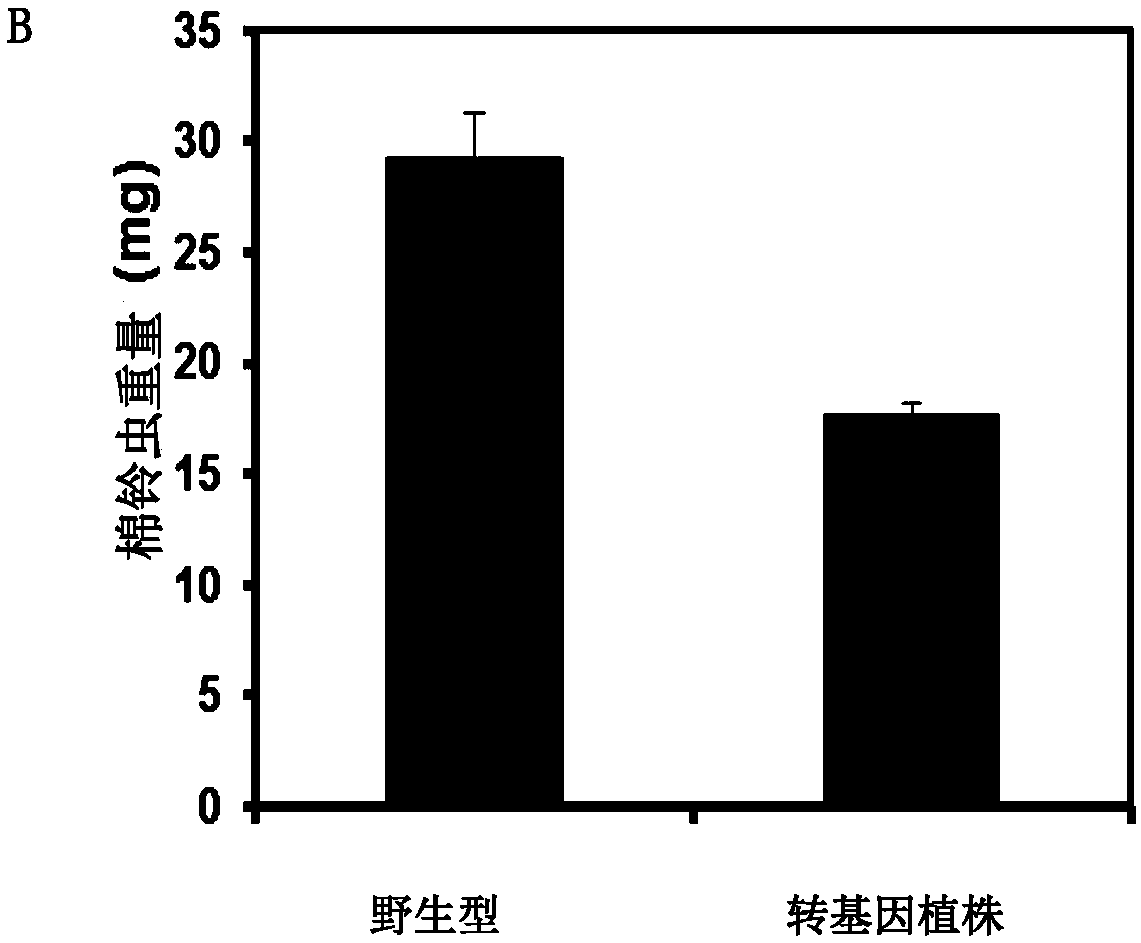Method for improving insect resistance of tomato
A technology of insect resistance and homology, applied in the biological field, can solve the problems of pest resistance and re-rampant, unreasonable, and human food safety threats.
- Summary
- Abstract
- Description
- Claims
- Application Information
AI Technical Summary
Problems solved by technology
Method used
Image
Examples
Embodiment 1
[0073] Embodiment 1, the acquisition of the recombinant vector that suppresses SlMTB1, SlMTB2, SlMTB3 gene expression
[0074] The total RNA of tomato (Solanum lycopersicon) variety M82 was extracted, and the cDNA obtained by reverse transcription was used as a template. Primer 1 and primer 2 were used to amplify SlMTB1 by PCR, primer 3 and primer 4 were used to amplify SlMTB2 by PCR, and primer 5 and primer 4 were used to amplify SlMTB2 by PCR. Primer 6 was used to amplify SlMTB3 by PCR; then the amplified product of the previous three steps was used as a template to amplify SlMTB1 / 2 / 3 by PCR using primer 1 and primer 6.
[0075] Primer 1:
[0076] 5′-GGGGACAAGTTTGTACA AAAAAGCAGGCT CCTCTTAGGAGATGCCAT-3' (upstream primer, the base underlined is the attB1 site);
[0077] Primer 2: 5'-CCCTGATTTCAGCGGAGCTCACCCTTACAA-3';
[0078] Primer 3: 5'-CCGCTGAAATCAGGGGTTGTGGAGCTT-3';
[0079] Primer 4: 5'-GCAGAAACTAAACTATCCACCTTCGGAGAA-3';
[0080] Primer 5: 5'-TAGTTTAGTTTCTGCTGAATGTT...
Embodiment 2
[0086] Example 2, SlMTB1, SlMTB2, SlMTB3 gene silencing transgenic tomato acquisition and functional identification
[0087] 1. Obtaining SlMTB1, SlMTB2, SlMTB3 Gene Silenced Transgenic Tomatoes
[0088] 1. Obtaining SlMTB1, SlMTB2, SlMTB3 Gene Silencing Recombinant Bacteria
[0089] The recombinant vector pHELLSGATE2-SlMTB1 / 2 / 3-RNAi obtained by Example 1 for silencing SlMTB1, SlMTB2, and SlMTB3 gene expression was transformed into Agrobacterium AGLO (recorded by Li C, Liu G, Xu C, Lee GI, Bauer P, Ling HQ, Ganal MW, Howe GA. The tomato suppressor of prosystemin-mediated responses2 gene encodes a fatty acid desaturase required for the biosynthesis of jasmonic acid and the production of a systemic wound signal for defense gene expression. Plant Cell. 2003.15(7):1646-1661. The public can obtain it from the Institute of Genetics and Developmental Biology, Chinese Academy of Sciences), pick a single clone, and shake it overnight at 28°C in LB liquid medium containing spectinomyci...
PUM
 Login to View More
Login to View More Abstract
Description
Claims
Application Information
 Login to View More
Login to View More - R&D
- Intellectual Property
- Life Sciences
- Materials
- Tech Scout
- Unparalleled Data Quality
- Higher Quality Content
- 60% Fewer Hallucinations
Browse by: Latest US Patents, China's latest patents, Technical Efficacy Thesaurus, Application Domain, Technology Topic, Popular Technical Reports.
© 2025 PatSnap. All rights reserved.Legal|Privacy policy|Modern Slavery Act Transparency Statement|Sitemap|About US| Contact US: help@patsnap.com



